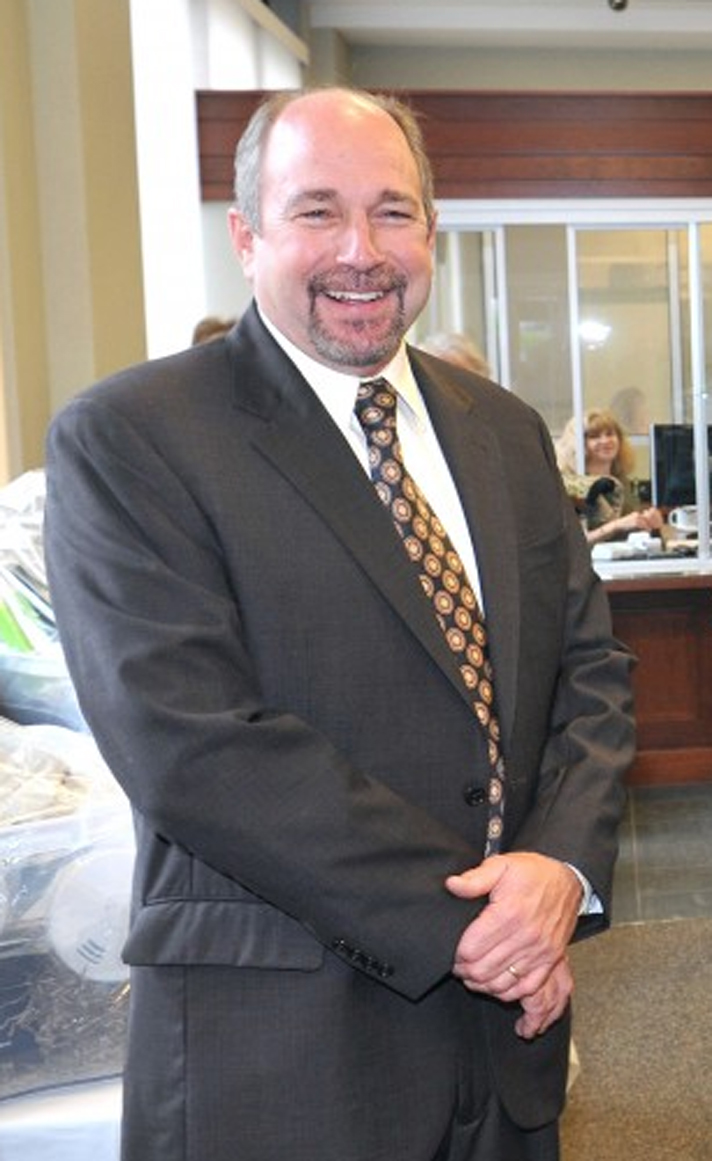WESTFIELD – Winter is fast approaching and for many residents the cold weather also brings a struggle to keep their homes warm, a concern discussed last week by the Municipal Light Board (MLB) which sets policy for the Westfield Gas & Electric Department.
Annually, the MLB approves funding for two programs to assist city residents, funding in addition to federal and state home heating assistance. Last week the board debated if the current funding level for its Westfield Warm Program is adequate or if it should increase the level of funding available.
The MLB, in recent years, has approved $55,000 annually to assist city residents with their winter heating gas and electric bills. Those funds are dispersed through the Valley Opportunity Council (VOC) Low Income Heating Energy Assistance Program (LIHEAP) and supplement state and federal funding available.
VOC does not have a specific budget for city residents, the amount paid is directly proportional to the number of residents who apply and deemed eligible according to a formula developed by the Massachusetts Department of Housing and Community Development.
The Warm Program was established in 1993 to assist WG&E ratepayers experiencing financial hardship. The WG&E provides office space for a VOC representative at its 100 Elm Street business office and assistance is also available through the Salvation Army Good Neighbor Energy Program on Arnold Street a short distance from the WG&E location.
Residents of neighboring communities can apply for the LIHEAP funding through the VOC counselor at the WG&E office or Salvation Army office on Arnold Street.
Ward 6 Commissioner Robert Sacco asked WG&E General Manager Dan Howard if the Warm Program funding has kept up with inflation as the cost of natural gas and electricity, generated by gas fueled plants.
“Has the grant amount increased?,” Sacco asked. “Ten years ago Warm may have provided a resident with $150 to pay a $200 monthly bill, but now that same resident might be seeing a $700 monthly bill.”
Howard said the financial aid is based on the current “average bill over one year” of the resident seeking assistance. Howard said the Warm Program money never actually leaves the department, but is held in the Warm Program account and applied to a resident’s utility bill after the department receives a VOC LIHEAP voucher indicating eligibility.
Ward 1 Commissioner Kevin Kelleher said “Bob’s concern has always been are we sufficiently funding this program, do we have enough of a cushion for a bad winter?”
MLB Chairman Tom Flaherty said following the meeting that the board “is concerned about people who do need assistance and who qualify (under the state guidelines), but at the same time we want to ensure the money is used efficiently, that it has sufficiently funds so that people in need are not being turned away.
“The board has approved money for this program over the past 20 years and more funds are available this year than in the past,” Flaherty said. “It’s a good program and I hope people on fixed or low income apply. We want to be proactive, reaching out to residents through the Council on Aging, churches and social service agencies to let people know about this assistance is available.”
Assistance through the Warm Program generally ranges between $100 and $500. The majority of residents are provided with Warm Program assistance during the fourth quarter, October, November and December of the WG&E’s fiscal year which is based upon the calendar year, but assistance is also available during the winter months after the New Year.
Residents who may qualify for assistance this winter are encouraged to act is now.
The application period for residents seeking financial assistance under LIHEAP for the 2014-2015 heating season continues through April 30, 2015.
Any resident who may need assistance during the upcoming winter under this program must apply during this time period to qualify. Homeowners and renters, including those with heat included in their rent can apply.
Fuel Assistance & Weatherization Assistance Program Eligibility
Family Size / Maximum Weekly Income
1 / $627
2 / $820
3 / $1,013
4 / $1,206
5 / $1,399
6 / $1,592
7 / $1,628
8 / $1,665
For more information on bill payment options, energy assistance and other information please contact the WG&E, the Salvation Army or the VOC.


